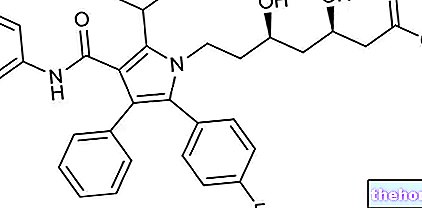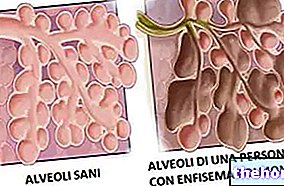EMDR is also widely used in the treatment of post-traumatic stress disorder (PTSD) which can arise in individuals who have had to experience the aforementioned trauma.
The therapeutic approach of EMDR has also been proposed - sometimes gathering consensus and sometimes skepticism - for the treatment of other disorders, such as: depression, anxiety, sleep disorders, personality disorders, panic disorders and phobias.
Please Note
It is very important to point out that not everyone who experiences a traumatic or very stressful event reacts in the same way. Some people, in fact, are able to recover quickly - even without the intervention of specialists - and to return to everyday life; while others, on the other hand, are unable to recover from the traumatic event, leading to physical and psychological reactions capable of seriously compromising the quality of life.
of the patient who must follow the elaboration of an adequate therapeutic plan. In this phase, the therapist must identify which is the traumatic or stressful event causing the disorders that afflict the patient and must also verify his / her suitability to start and continue with a treatment of this type, evaluating his personal stability and the resources possessed.
Phase 2
In the second phase, the therapist must prepare the patient to receive the treatment, informing him of the theories on which it is based and how the session will take place. At the same time, the individual must become aware of the possible disturbances that he could manifest both during and at the end of the sessions.
Phase 3
The third phase consists in evaluating and defining the memory of the trauma, the sensations and negative emotions it arouses.
Phase 4
The fourth phase consists in desensitization which is carried out through ocular stimulation operated by the therapist: the patient is invited to focus on the traumatic memory and to follow the movements of the hands made by the therapist with his eyes. In this way, the patient is forced to make eye movements at the rhythm of the therapist's movements. Precisely these rhythmic eye movements that occur while the patient identifies the traumatic image and the negative sensations associated with it, should favor the re-elaboration of the information that has remained "frozen" up to that moment, up to the resolution and removal of the sense of unease.
Alternative to Eye Movements
As an alternative to eye movements, other forms of alternating left / right stimulation can be used. For example, repeatedly touching the individual's hands alternately.
Step 5
The fifth phase consists in the cognitive restructuring of the traumatic or stressful event. In other words, the patient is pushed to positively modify the perspective on the traumatic event. The therapist continues with the ocular stimulation.
Step 6
In the sixth phase, the psychotherapist, together with the patient, performs a so-called "body scan" to check if there is still the presence of physical sensations by rethinking the traumatic or stressful event.
Step 7
The seventh phase is that of closure and has the purpose of verifying the patient's state of equilibrium. In this context, the therapist will ask the subject to fill in a diary for the following week, in which he will have to note the appearance of thoughts, sensations, dreams or images attributable to the traumatic or stressful event.
Step 8
The last phase is carried out the week following the session and is used to verify whether new disorders, emotions, etc. have arisen in the patient that are attributable to the traumatic or stressful memory that prompted him to undergo treatment with EMDR.
How many sessions of EMDR do you need?
The number of sessions necessary to resolve the disorders associated with traumatic and stressful events can vary greatly from person to person, as each subject reacts differently and strictly individually to treatment with EMDR.




























